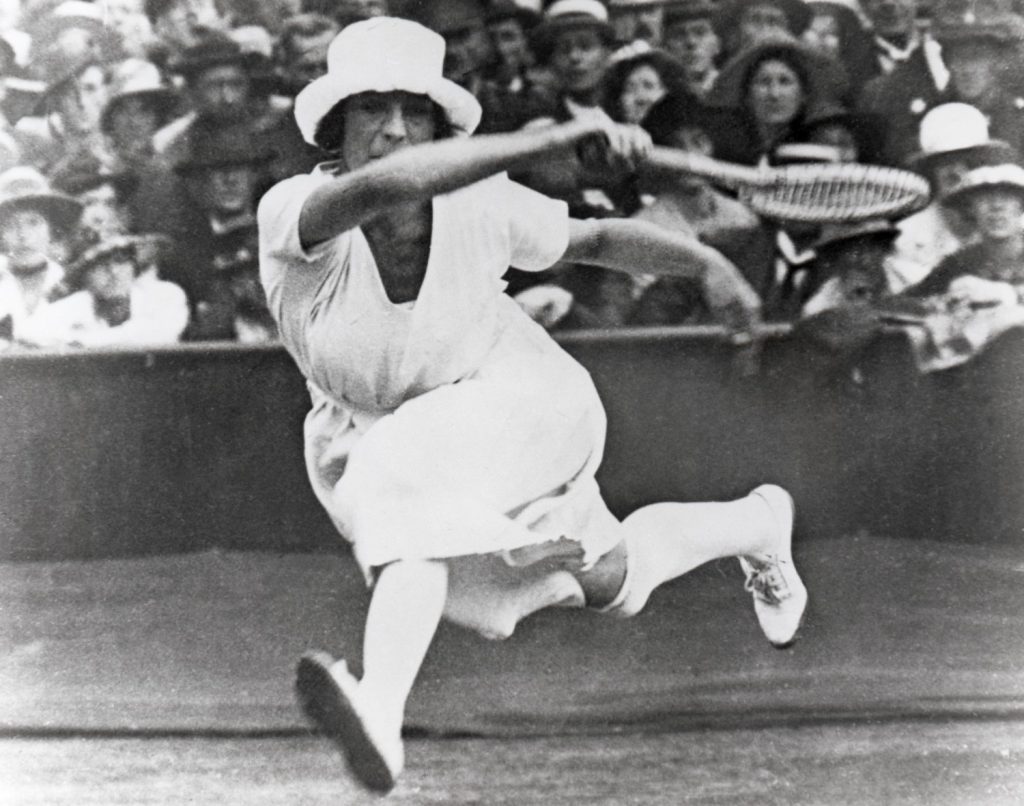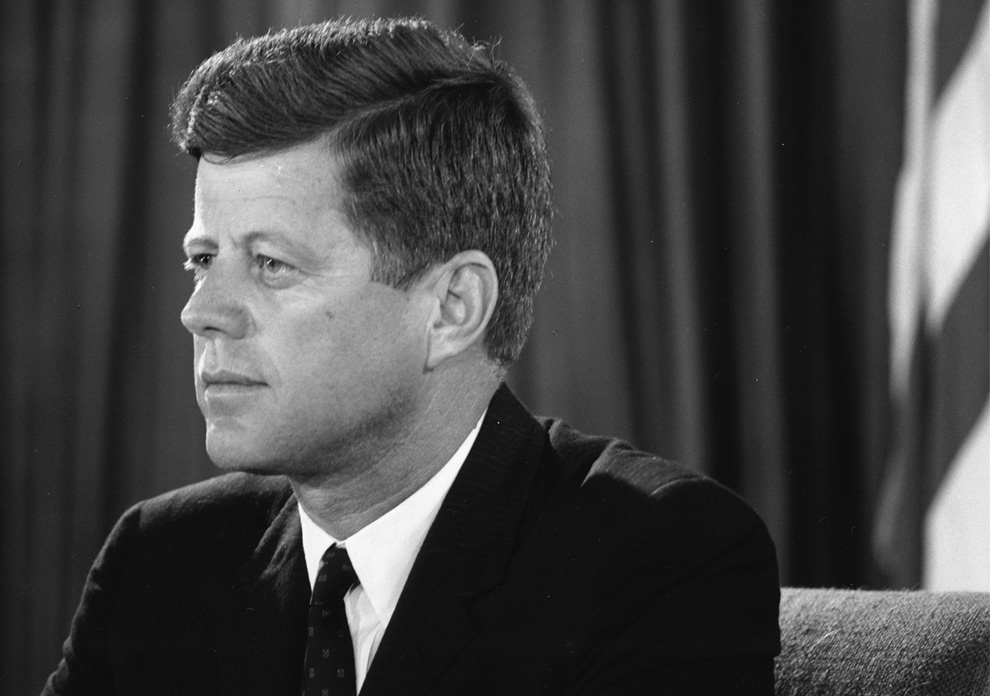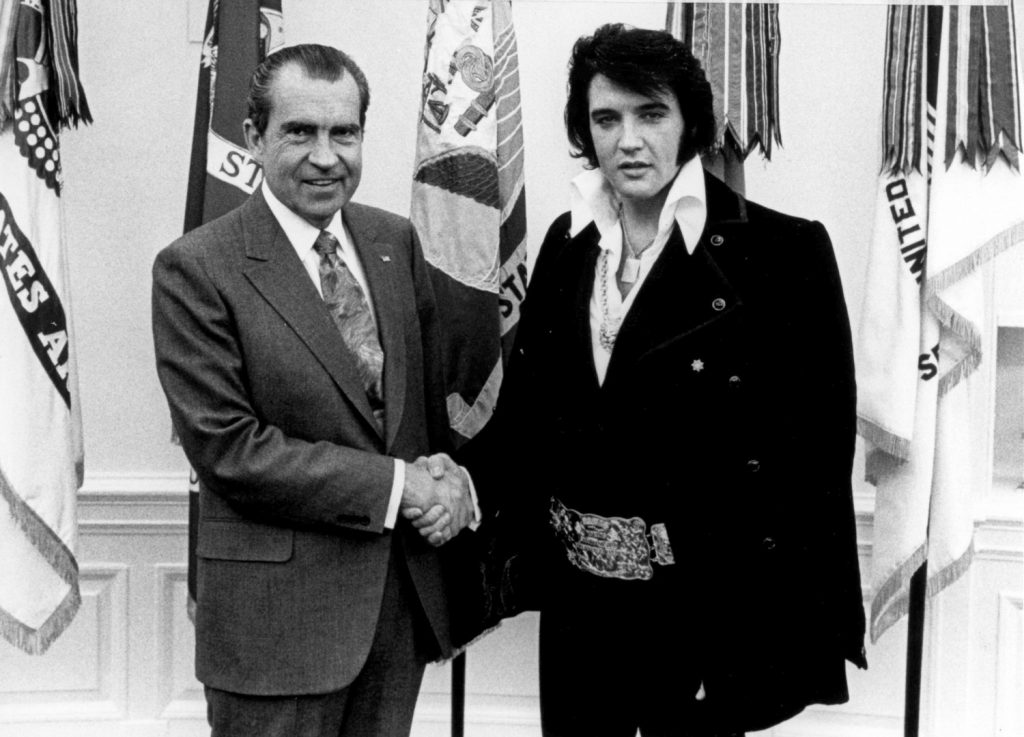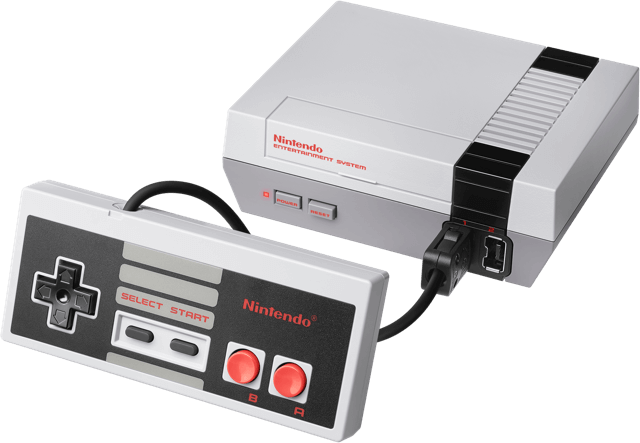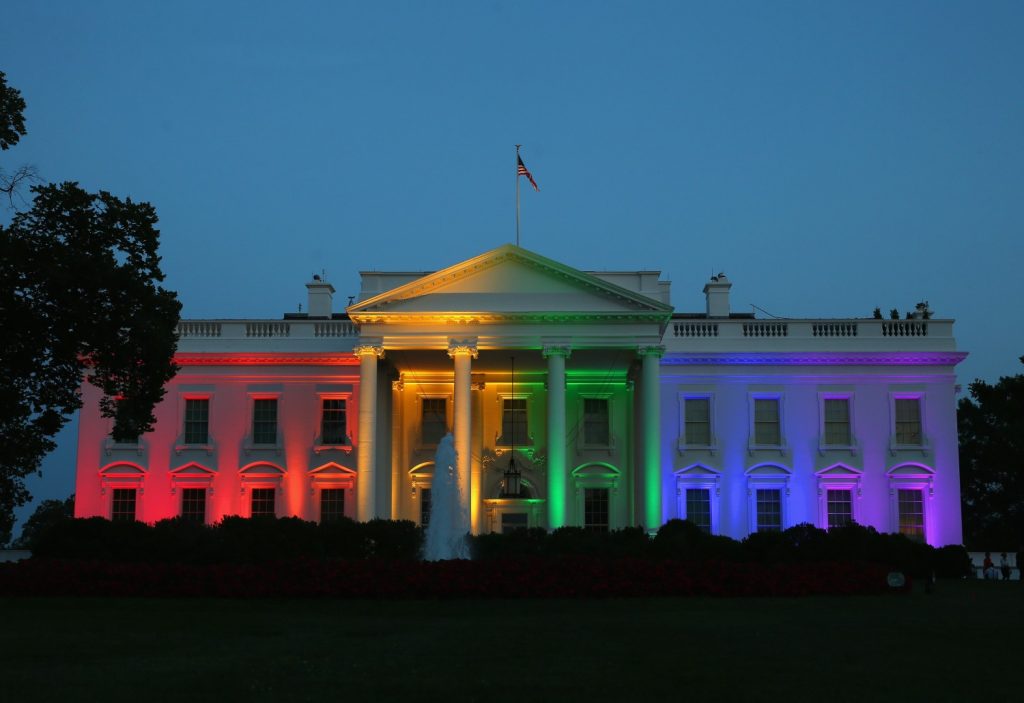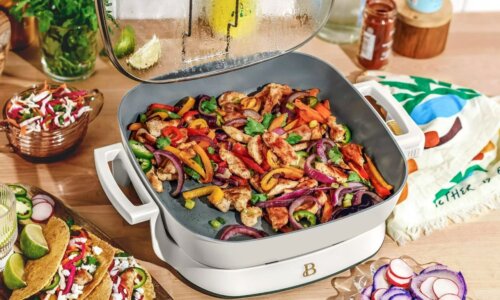We all know the joke: “Back in my day, I had to walk 15 miles barefoot to school in the snow. It was uphill both ways!”
But seriously, back in “the day,” things cost a lot less and the dollar stretched a lot further. Of course, people didn’t have iPhones, Uber or Whole Foods—how did they even survive?
Have you ever wondered how big your savings account would’ve been 100 years ago? Luckily, using the Bureau of Labor Statistics Consumer Price Index calculator from the U.S. Department of Labor, you can do just that.
For fun, we plugged $100 into this fascinating calculator to see what kind of buying power $100 would’ve had decades ago. For this comparison, we used April 2017 data, which was the most recent data available from the Consumer Price Index, and compared it to April of the first year of each decade. Of course, we should also note that these numbers reflect just one point in each decade—thing were better or worse at different points in the decade. Still, it’s an interesting exercise.
So, what’s behind this stark change in the buying power of $100? No, it’s not a magic trick. It’s inflation, which the the U.S. Department of Labor describes as “a process continuously rising prices” or “continuously falling value of money.”
This calculator, based on the Consumer Price Index, measures inflation “as experienced by consumers in their day-to-day living expenses.” Basically, how you feel inflation in your shopping trips—the dollar just doesn’t stretch as far.
If you’re curious, here’s what $100 was worth each decade since 1920.
RELATED: 12 Everyday Items That Used To Be Cheap
1920
Value of $100: $1,204.55
What things cost: A Ford Model T cost less than $300 during the 1920s.
Snapshot of what was happening: Women got the right to vote, thanks to the 19th Amendment to the U.S. Constitution, which was ratified on August 18, 1920.
1930
Value of $100: $1,438.38
What things cost: One pound of sirloin steak cost $0.50.
Snapshot of what was happening: People were still in the throes of the Great Depression, as the stock market crashed late in 1929. The economy was in the toilet and banks were closing right and left. Frankling Roosevelt was elected president in 1933, a position he held until his death in 1945.
1940
Value of $100: $1,746.60
What things cost: A refrigerator cost roughly $100 in 1940.
Snapshot of what was happening: The world was at war for the second time. In this year, the United States required all men between the ages of 21 and 45 to register for the draft for World War II.
1950
Value of $100: $1,036.12
What things cost: $7,354 median home price across the U.S., according to the U.S. Census Bureau.
Snapshot of what was happening: Baby Boomers were being born—roughly 4 million babies were born each year in the 1950s. This birthing boom didn’t end until the mid-1960s. The first comic strip for “Peanuts” was published in seven newspapers nationwide.
1960
Value of $100: $828.89
What things cost: $0.05 for a five-piece pack of Wrigley’s Chewing Gum.
Snapshot of what was happening: The 1960s saw the association of President John F. Kennedy in 1963 and the assassination of civil rights leader Martin Luther King Jr. in 1968.
1970
Value of $100: $635.13
What things cost: $666.66 for an Apple I computer in 1976.
Snapshot of what was happening: U.S. troops withdraw from Vietnam. After being plagued by the Watergate break-in scandal, President Richard Nixon resigned in 1974.
1980
Value of $100: $301.88
What things cost: $47,200 median home value across the U.S., according to the U.S. Census Bureau.
Snapshot of what was happening: Ronald Reagan was elected president in 1980. Nintendo released the Nintendo Entertainment System in 1983.
1990
Value of $100: $189.70
What things cost: $1.04 per gallon of regular unleaded gasoline, according to the Bureau of Labor Statistics.
Snapshot of what was happening: The television series “Friends” becomes a hit show and the Hubble Space Telescope launches and starts sending pictures back to earth.
2000
Value of $100: $142.75
What things cost: $0.82 for a pound of red delicious apples in December 2000, according to the Bureau of Labor Statistics.
Snapshot of what was happening: The terrorist attacks on U.S. soil on September 11, 2001 would set the stage for a decade of heightened security and patriotism. The Great Recession hits in 2007, crippling the finances of many Americans through the early 2010s.
RELATED: Certain Quarters From 1970 Could Be Worth A Big Sum Of Money
2010
Value of $100: $112.16
What things cost: $4.47 for a pound of coffee in November 2010, according to the Bureau of Labor Statistics.
Snapshot of what was happening: The U.S. Supreme Court issued a landmark decision that legalized same-sex marriage across the country in 2015.

